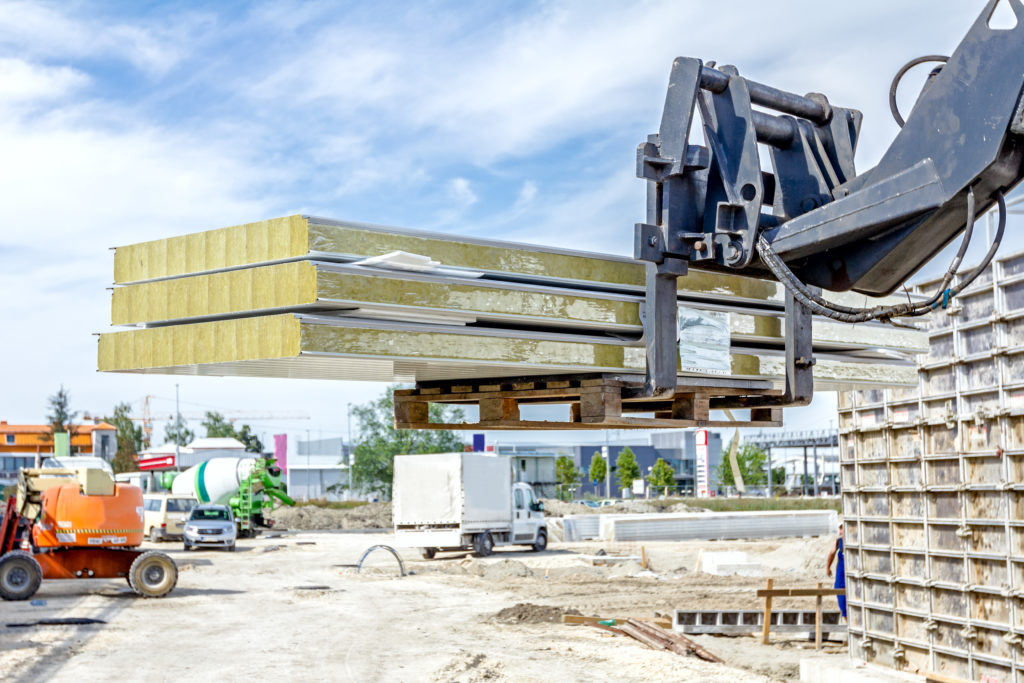News
Infrastructure Industry Turns Away from Steel and Toward Composites as Reinforcements

When cracks occur in aging infrastructure, the structure becomes ripe for additional damage from environmental elements. Organizations like the Florida Department of Transportation (FDOT) are employing innovative composite-based solutions to address this growing and global problem. One example is by replacing traditional steel bar and strand reinforcement with fiber-reinforced polymer (FRP).
Fiber Reinforced Polymer (FRP), or Glass Reinforced Polymer (GRP), is extremely versatile and can be tailored depending on the specifications of the application, making it widely adopted in an array of industry sectors and products. Infrastructure is a primary sector that can benefit from replacing traditional steel materials with composites. The deterioration and corrosion of steel cause widespread damage to industrial concrete structures like bridges, utility poles, pilings, corbels and more.
Composites can replace steel in new construction projects
With steel presenting ongoing challenges where it was traditionally relied on for major infrastructure projects, it is becoming increasingly risky for use in new developments and projects based on the inevitability of corrosion and ultimate cost of repair.
As CompositesWorld explains, while composite rebar is primarily made with glass fiber, products have also been developed using basalt or carbon fiber. FDOT notes that project managers should give due diligence on a project basis to ensure that the long-term benefits of using Fiber Reinforced Polymer for a specific project will outweigh traditional materials when it comes to cost and longevity. FDOT has concluded that the benefits of FRP warrant its use in current projects that involve using FRP to design bars and strands in major bridge components, fueled by advancements in product development and production.
The benefits of FRP reinforcement composite materials include its flexibility, chemical resistance, strength-to-weight ratio and non-conductivity with regard to electrical and thermal properties.
Major projects like this rely on FRP pultrusion, a continuous and highly automated process, that is cost-effective in high volume production runs, to create structures such as I-beams for construction, as well as other materials like channels, angles, beams, rods, bars, tubing, and sheets for many industry sectors. The pultrusion process also proved effective in producing the world’s largest Glass Fiber Reinforced Polymer (GFRP) rebar project in Saudi Arabia, which provided reinforcement for a 23-kilometer-long reinforced concrete stormwater drainage channel.
Composites One has a team of dedicated product and process experts who can help guide manufacturers from product selection to process know-how. Learn more about why the infrastructure industry is turning toward composite materials to build new structures and to repair old ones.

